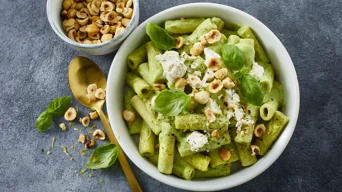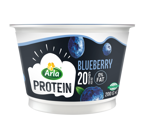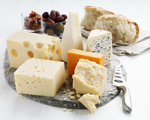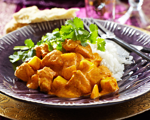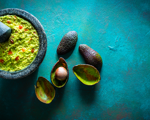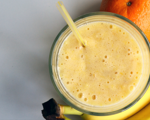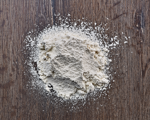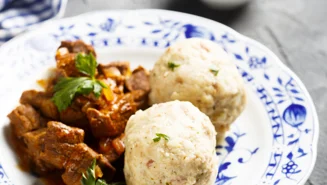
In general, protein contributes to the maintenance and growth of muscle mass as well as the maintenance of normal bones. Yet, it is important to note that not all types of protein are the same. We generally distinguish between two main types: those derived from animals and those derived from plants. Each of these categories encompasses a vast range of food groups that offer a myriad of options for your plate.
Animal proteins
Animal proteins are found in a variety of different foods derived from animals and are typically considered complete proteins. Foods like meat, poultry, fish, eggs, and dairy contain animal protein.
Casein protein
Casein protein derives from cow’s milk, where it makes up about 80 % of the total protein content. It is often used in powder form as a supplement. Read more about casein protein here.

Whey protein
Whey protein is, not surprisingly, found in whey, which is the liquid by-product of milk that separates from the curds in the process of making cheese. You may have heard about whey protein in one or more of its three most common types: concentrate, isolate, and hydrolysate. Read more about whey protein.
Plant-based proteins
Plant-based protein stems from plants and can be divided into two main categories: grain and vegetable proteins.
Grain proteins are found in a diverse range of foods, including everyday staples like bread, pasta, and cereals. These proteins come from a variety of grains, such as wheat, oats, rice, and corn. Also included in this category are so-called ‘pseudo-grains’ like quinoa and amaranth, which are technically seeds but are cooked and consumed like grains.
Vegetable proteins, as the name suggests, come from vegetables, legumes, nuts, and seeds.
Although most plant-based proteins are incomplete, they can all make part of a balanced diet. Usually, it is easy to combine a few incomplete protein sources to form a meal containing complete protein.
Wheat protein
Stemming from the seeds of the wheat plant, wheat protein, among other things, provides elasticity in wheat dough and contributes to a chewy texture in bread. However, it is more than that, which you can read about in the article What is wheat protein?
Rice protein
Rice protein derives from rice grains, typically brown rice. You can read more about it in our article What is rice protein?
Lentil protein
There are various types of lentils, all containing different amounts of protein. In our article about lentil protein, we go through different lentils, including red, green, and black ones.
Soy protein
Soy protein derives from soybeans and is very common among, for example, people who follow a vegetarian diet. Read more about what it is and where it comes from in our article about soy protein.
Bean protein
Bean protein is, just as lentil and soy protein, part of the legume family. There are numerous beans containing differing amounts of protein. We go through some of the most common ones in this article about bean protein.
Pea protein
Pea protein derives from split peas or yellow peas. It is often used in its powdered form in smoothies or shakes, and because of its mildness, it can easily be incorporated into most recipes without altering the flavour. Read more in our article What is pea protein?
Animal protein vs plant protein
The main difference between animal and plant protein is their sources. Both types include many protein varieties, offering plenty of options if you want to include some of them in your cooking.
Animal proteins are usually complete, while most, but not all, plant-based proteins are incomplete, but all of them can be part of a balanced diet.
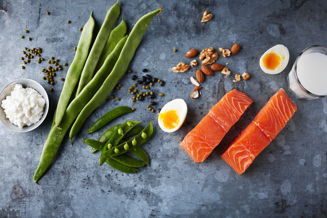
Related Articles
Want to understand different types of protein? Here's everything you need to know:
